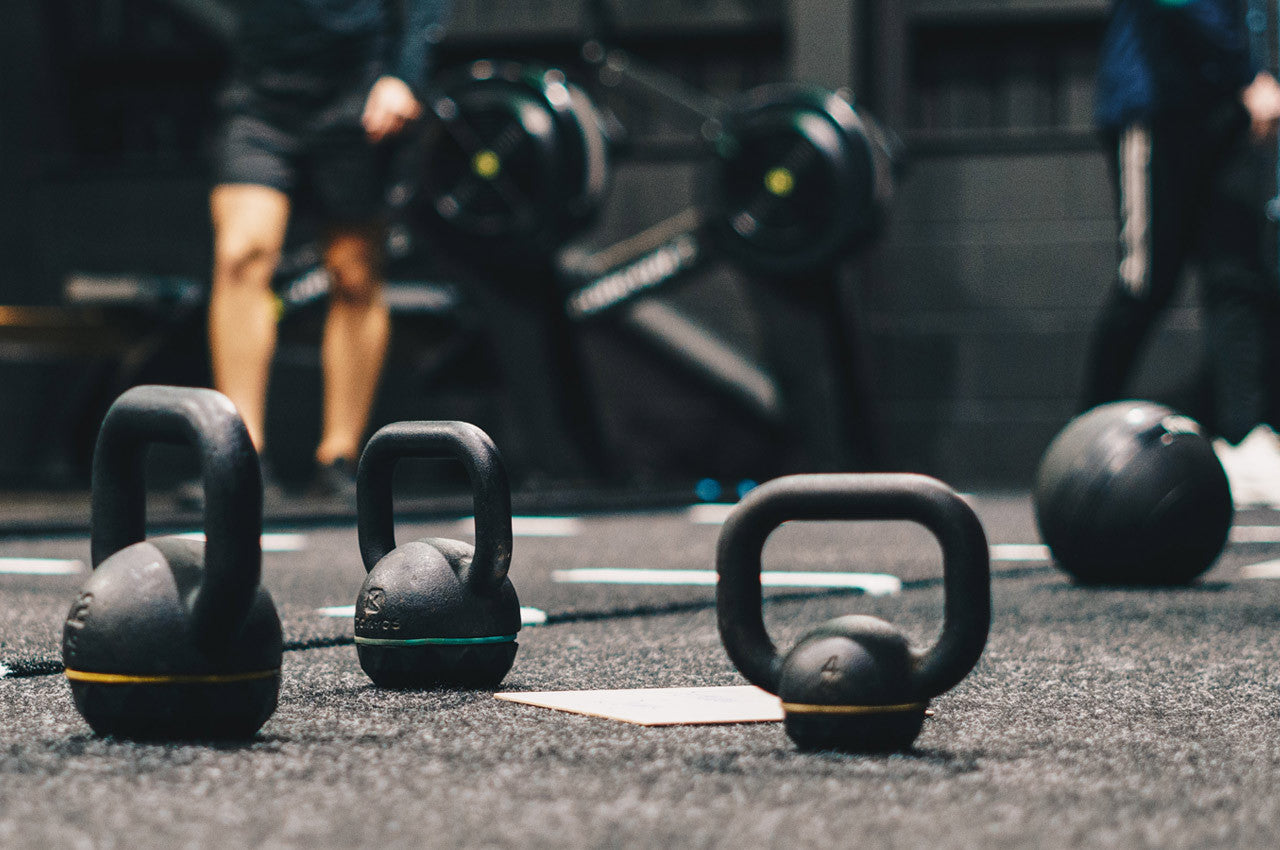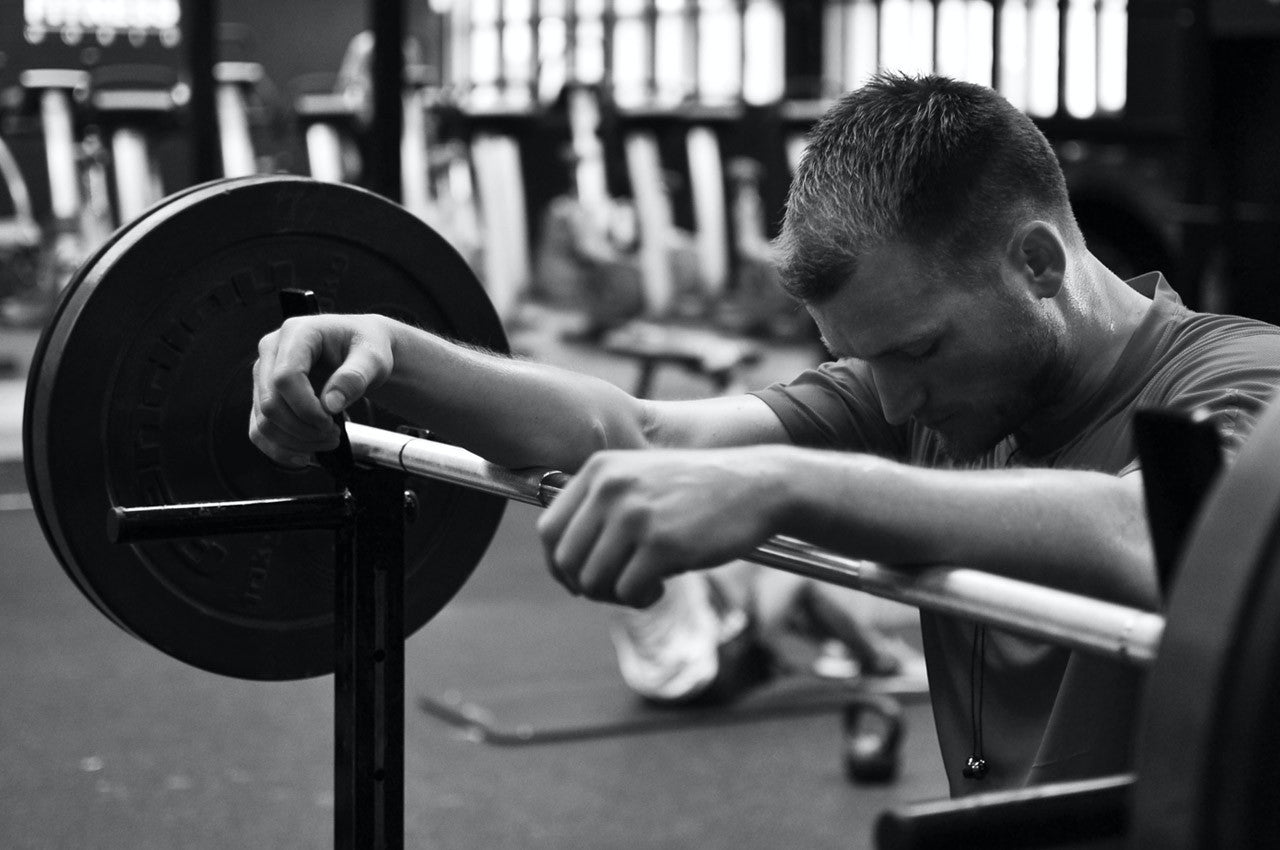
Vitamin D is a group of fat-soluble prohormones, the two major forms of which are vitamin D-2 (or ergo-calciferol) and vitamin D-3 (or cholecalciferol). Vitamin D is obtained from sun exposure, food, and supplements. Human skin is rich with latent pre-vitamin D, which is activated by sunlight. Humans are meant to obtain vitamin D through sunlight exposure. Our skin is the major source of vitamin D; 90-95 percent of most people's vitamin D requirement comes from casual sun exposure. It may surprise some guys that Vitamin D is not contained to any significant degree in food, nor was it meant to be obtained through oral intake.
There are few dietary sources of vitamin D. An eight-ounce glass of milk contains 100 IU, although this is often inconsistent. Other dairy products, like cheese and yogurt, tend to have little or no vitamin D added. Oily fish like salmon, mackerel, and sardines contain 200-360 IU vitamin D per 3.5-ounce serving. Many breakfast cereals contain 40-100 IU per serving.
Despite the Vitamin D found in foods, many people fail to obtain even the modest 'adequate' intake every day. People who do not spend much time in the sun, and other people at high risk for vitamin D deficiency include the elderly, who convert less vitamin D with sunlight exposure, compared to younger people; the obese; and dark-skinned individuals, due to high melanin skin content.
Oral intake of vitamin D has become necessary, as humans developed lifestyles involving less and less sun exposure. Vitamin D deficiency is now recognized as an epidemic in the United States. A growing body of research indicates that vitamin D deficiency contributes to a broad spectrum of conditions such as high blood pressure, poor insulin sensitivity, inflammation, and other fundamental processes that underlie heart disease. Another health consequence that should be of concern to guys who lift weights is the low vitamin D levels are associated with low testosterone.
THE ROLE OF VITAMIN D AND TESTOSTERONE
Since vitamin D is so involved in so many physiological actions in the body, researchers a few years ago examined how vitamin D affected androgens— so they created a vitamin D receptor 'knockout mouse' and the mice demonstrated significant gonadal insufficiency, decreased sperm count and motility, and histological abnormalities of testis.
To further demonstrate the active role of vitamin D on androgen function, there is a distinct seasonal variation in testosterone levels in the wintertime, when there is decreased exposure to the sun and people are bundled up for the winter. Therefore, it appears that the skin gets more vitamin D exposure and uptake in the summer as opposed to the winter. Additionally, testosterone levels appear to be lower in the winter, in conjunction with the low levels of vitamin D.
Athletic performance also peaks in late summer and declines during winter. This might partly be explained by increased training during summer, but this seasonal variation in testosterone due to declining levels of vitamin D may also be a cause of athletic performance declining. Data on testosterone synthesis are lacking, but Vitamin D treatment up regulates various genes in the creation of new sperm. Researchers recently reported that Vitamin D may be more important for testosterone than we previously thought.
LOW SERUM LEVELS OF VITAMIN D ASSOCIATED WITH REDUCED TESTOSTERONE LEVELS
In this month's Journal of Clinical Endocrinology, a cross-sectional study was done; researchers examined the relationship of vitamin D, testosterone, and SHBG, and levels were assessed in over 2,299 men. Remember, SHBG binds testosterone in blood, leaving less interaction with the androgen receptor.The researchers examined vitamin D levels and testosterone over the course of the year.
The researchers found that men with sufficient vitamin D levels had significantly higher levels of testosterone and free androgen index, and significantly lower levels of SHBG, when compared to vitamin D-insufficient and vitamin D-deficient men. Vitamin D, testosterone, and free androgen index levels followed a similar seasonal pattern, with a drop in levels in March and peak levels occurring in August.
In summary, low vitamin D levels were associated with reduced androgen levels in men.This notion is further supported by similar seasonal variations of vitamin D levels and serum androgen levels. Guys who train hardcore with weights should be consuming oral vitamin D, as it has been found to have an impact on testosterone levels, and some studies suggest may even improve performance.
It had been estimated that the body requires daily 3,000-5,000 IU of vitamin D. The most likely reason for this is that essentially every tissue and cell in the body has a vitamin D receptor, and therefore has a requirement for vitamin D. Vitamin D is critically important for the maintenance of calcium metabolism and good skeletal health throughout life.
References:
1. Holick MF, Shao Q, Liu WW, ChenTC.The vitamin D content of fortified milk and infant formula. N Engl J Med, 1992 Apr 30;326(18)1178-81.2. ZadshirA,Tareen N, Pan D, Norris K, Martins D.The prevalence of hypovitaminosis D among US adults: data from the NHANES III. Ethn Dis, 2005;15(4 Suppl 5):S5-101.3. Wortsman J, Matsuoka LY, Chen TC, Lu Z, Holick MF Decreased bioavailability of vitamin D in obesity. Am J Clin Nutr, 2000 Sep;72(3):690-3.4. Kinuta K, Tanaka H, MoriwakeT et al. (2000) Vitamin D is an important factor in estrogen biosynthesis of both female and male gonads. Endocrinology, 141, 1317-1324.5. Andersson AM, Carlsen E, Petersen JH, et al. (2003) Variation in levels of serum inhibin B, testosterone, estradiol, luteinizing hormone, follicle-stimulating hormone, and sex hormone-binding globulin in monthly samples from healthy men during a 17- month period: possible effects of seasons. J Clin Endocrinol Metab, 88, 932-937.6. Cannel) JJ, Hollis BW, Sorenson MB, et al. (2009) Athletic performance and vitamin D. Med Sci Sports Exerc, 41, 11021110. Hirai TTsujimura A, Ueda T, et al. (2009) Effect of 1,25- dihydroxyvitamin d on testicular morphology and gene expression in experimental cryptorchid mouse: testis specific cDNA microarray analysis and potential implication in male infertility. J Urol, 181, 1487-1492.7. Wehr E, Pilz S, Boehm BO, Mbrz W, Obermayer-Pietsch B. Association of vitamin D status with serum androgen levels in men. Clin Endocrinol(Oxf), 2009 Dec 29.Barger-Lux MJ, Heaney RP, Dowell S, ChenTC, Holick MF Vitamin D and its major metabolites: serum levels after graded oral dosing in healthy men. Osteoporos Int, 1998;8:222-230.























































